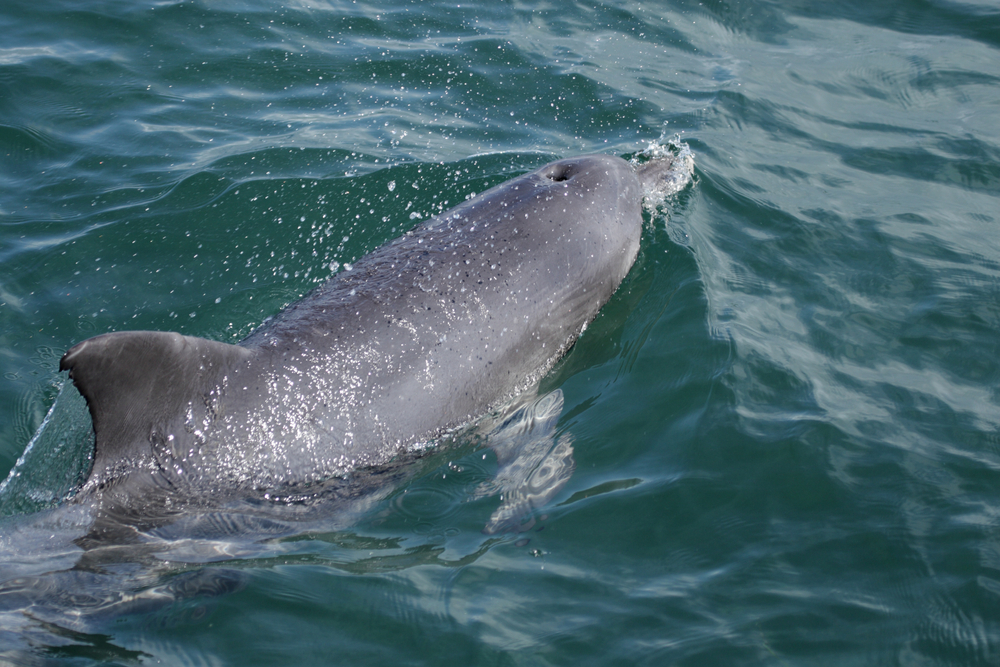Hong Kong's Pink Dolphins May Be Doomed

The famous pink dolphins of Hong Kong are in danger and may soon disappear, a conservation group warns.
Also known as the Chinese white dolphin or the Indo-Pacific humpback dolphin, the population of Sousa chinensis in Hong Kong waters was estimated at 158 in 2003.
But the Hong Kong Dolphin Conservation Society counted just 78 of the rare marine mammals in 2011, and the numbers may be even lower in the 2012 population counts set for release next month, Agence France-Presse reports.
"It is up to the government and every Hong Kong citizen to stand up for dolphins," Samuel Hung, chairman of the society, told AFP. "We risk losing them unless we all take action."
The dolphins are a popular Hong Kong tourist attraction. But in April, a tour group watched as a mother dolphin struggled to lift the body of her dead calf above the water in a failed effort to revive it.
"We're 99 percent certain the calf died from toxins in the mother's milk, accumulated from polluted seawater," Hong Kong Dolphinwatch spokeswoman Janet Walker, told AFP.
Dolphin populations worldwide face pressure due to disease, industrial fishing techniques, pollution, climate change and other threats.
Get the world’s most fascinating discoveries delivered straight to your inbox.
A newly discovered species of dolphin, the Burrunan dolphin (Tursiops australis), is endangered by urban and agricultural runoff into its habitat off the coast of southern Australia.
And the unprecedented number of dolphin beachings continues to baffle scientists. Some experts believe the beachings may result from naval sonar exercises, unusual weather patterns, movement of the dolphin's prey or other causes.
Conservationists are protesting another potential danger to the animals, a proposal to expand Hong Kong International Airport by adding a third runway into the waters that form part of the pink dolphins' habitat.
A 2012 report from the Hong Kong Cetacean Research Project recommended diverting ship traffic away from prime dolphin habitat and imposing a vessel speed limit to prevent further population declines.
Follow Marc Lallanilla on Twitter and Google+. Follow us @livescience, Facebook & Google+. Original article on LiveScience.com.

